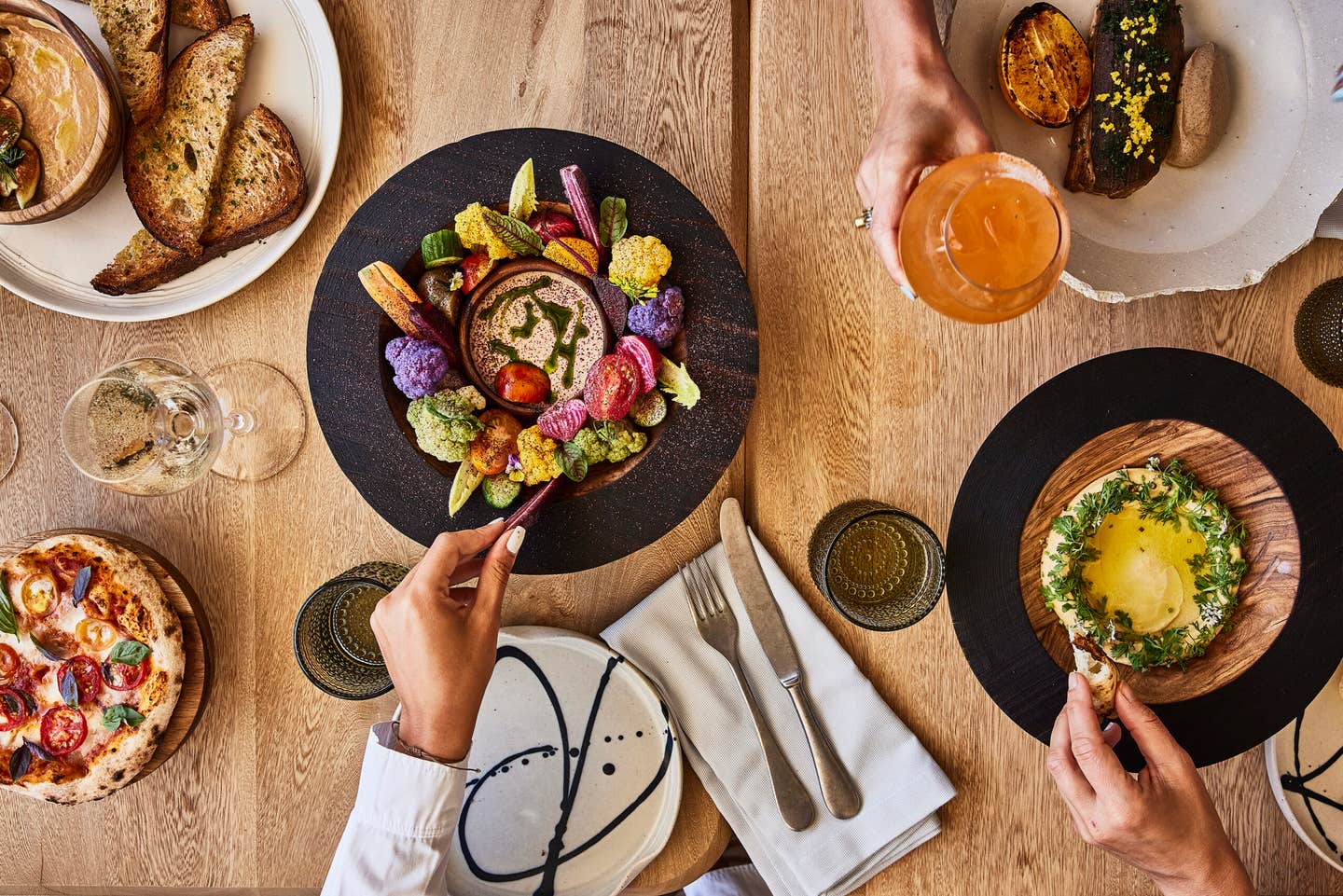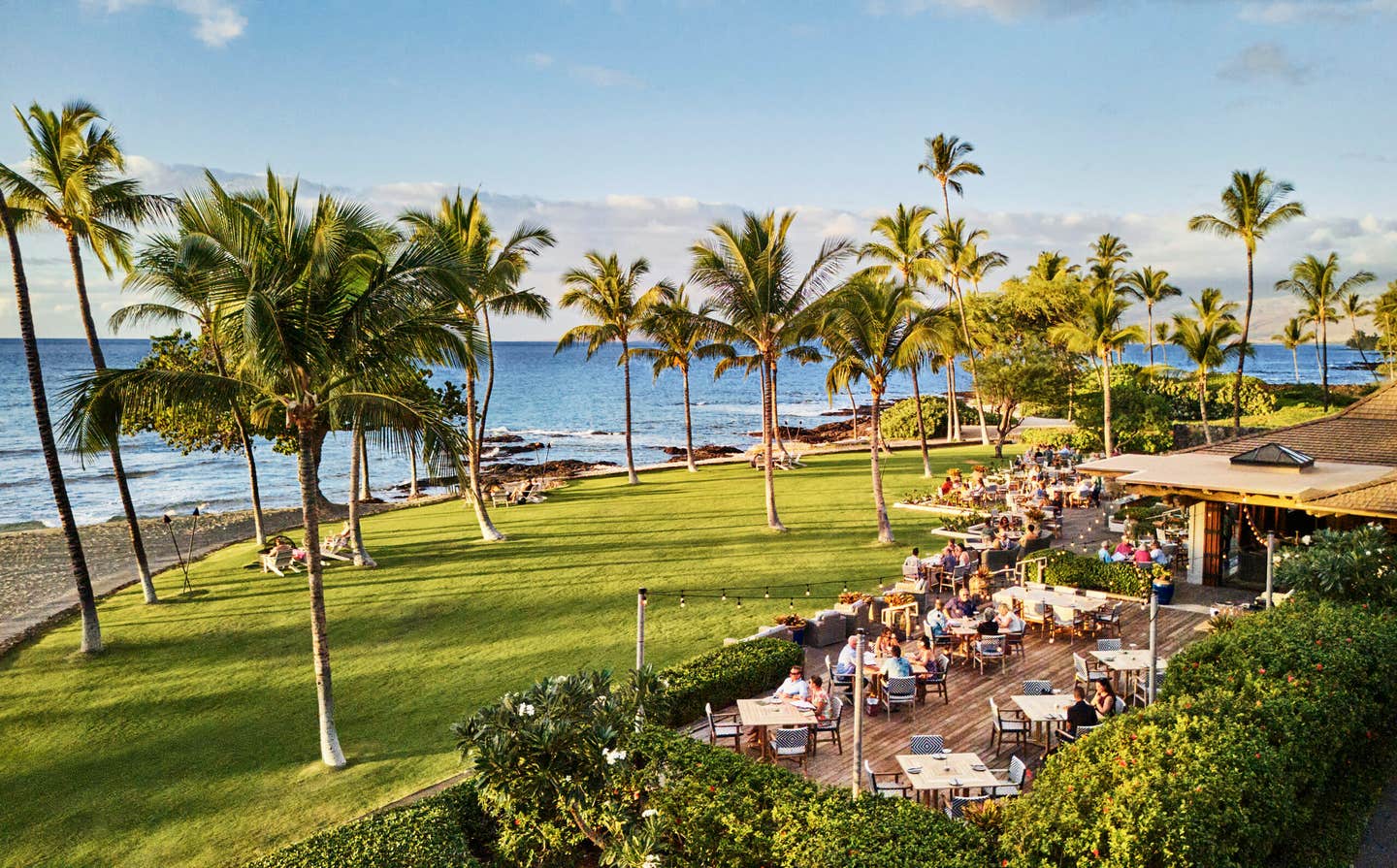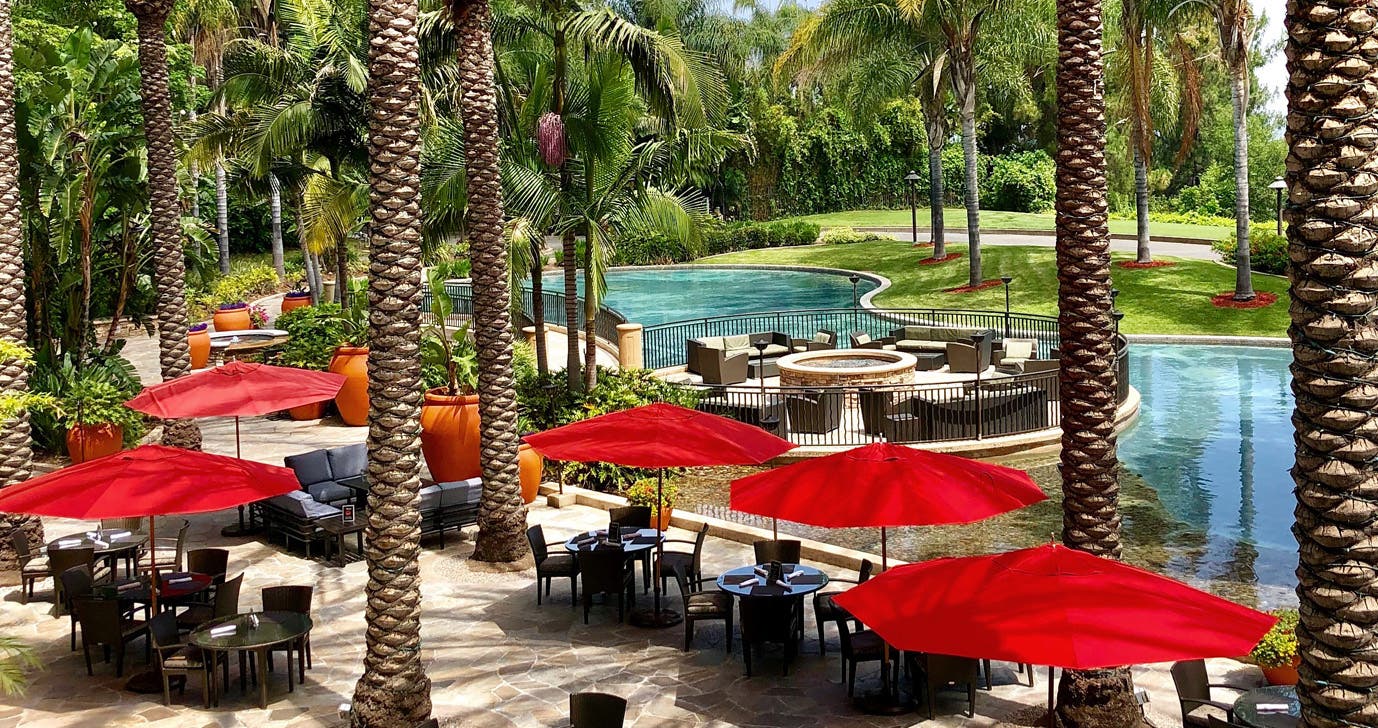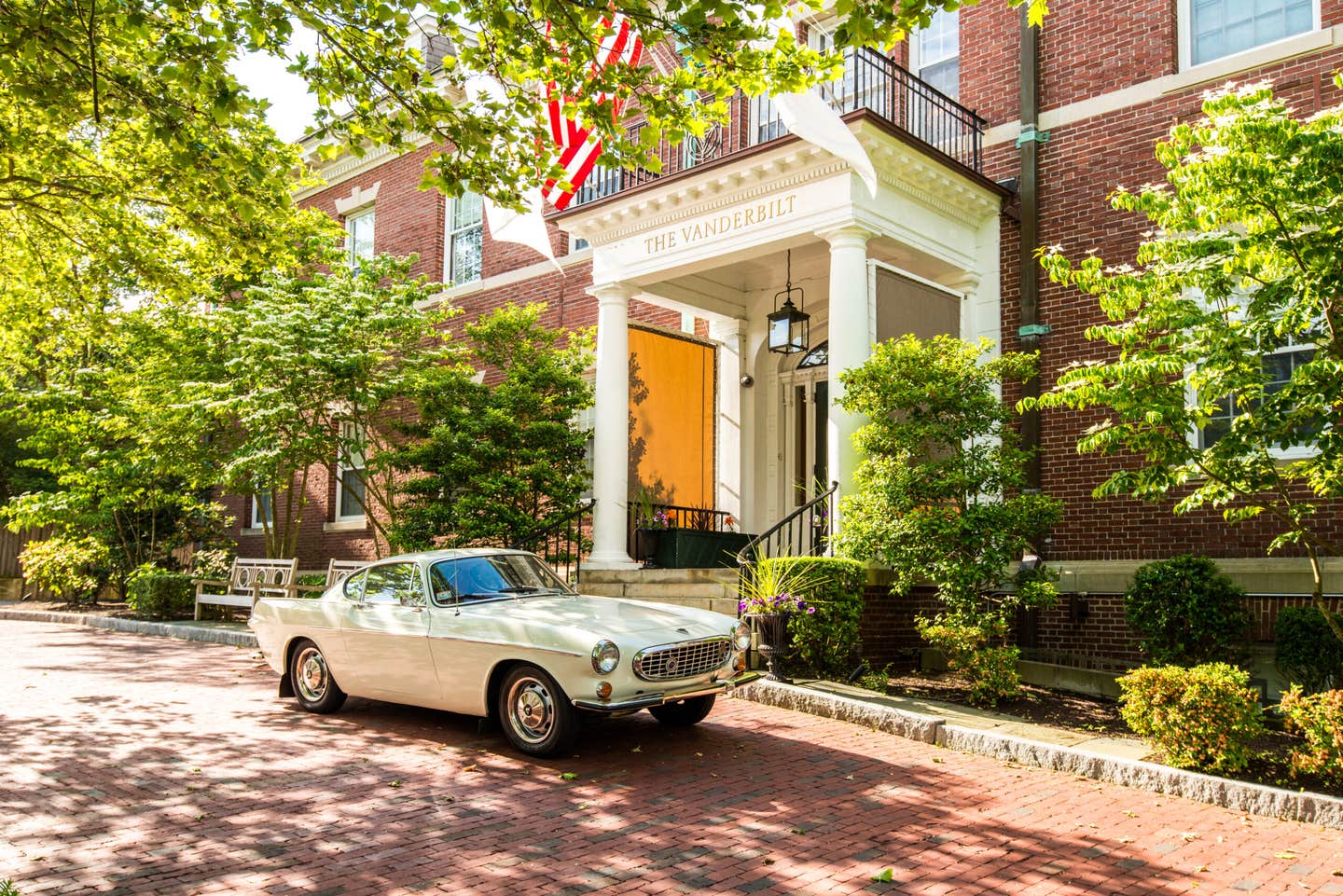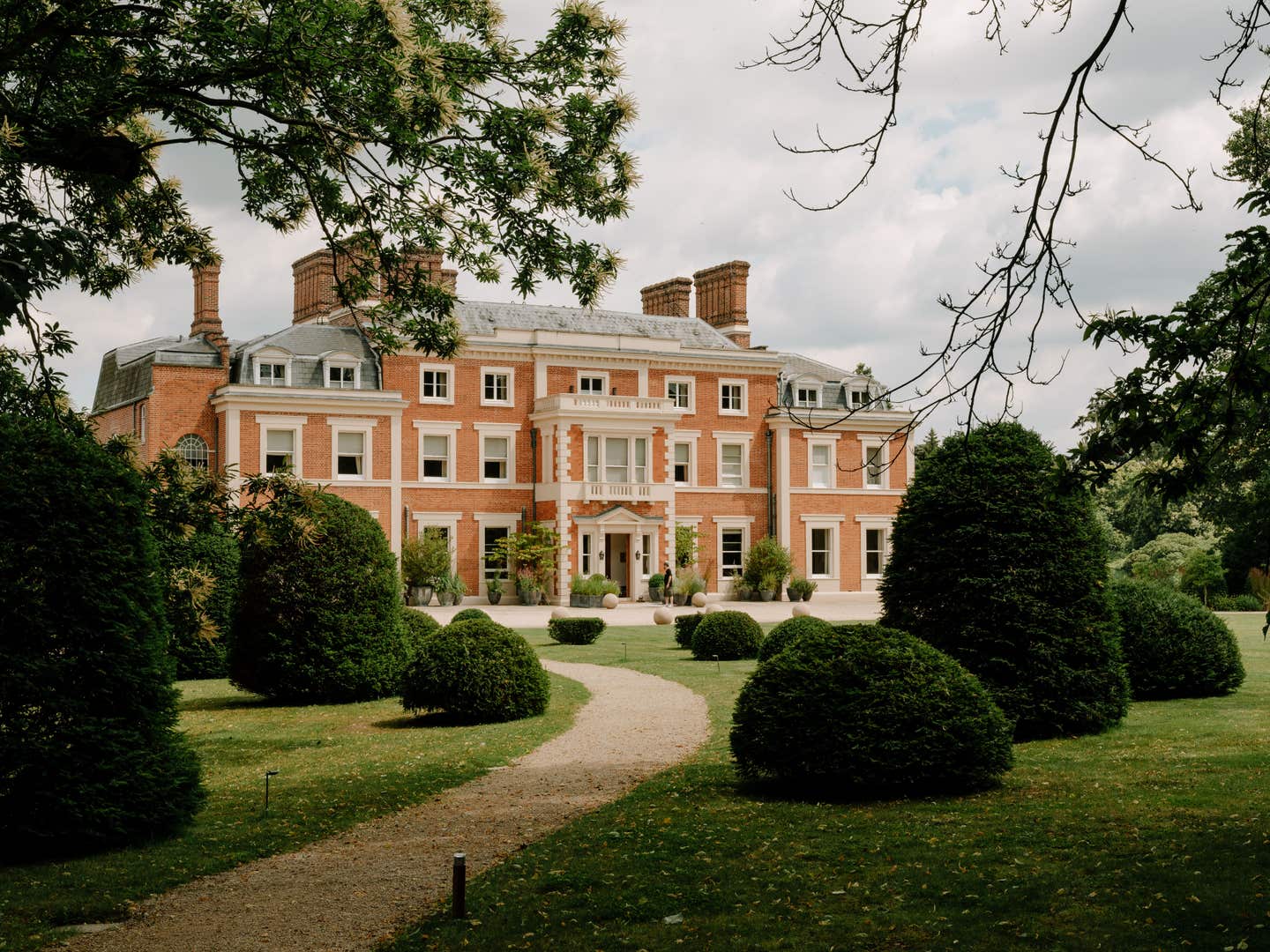Fiji’s Kokomo Private Island Pulls Out All the Stops
The remote islands of Fiji are on the frontlines of climate change in a way that us Angelenos can only imagine. In a city like LA, the days are getting hotter, the fires more primal, but the ocean is not in danger—yet—of washing us away. Not so in Fiji. The whole country is fragile and beautiful, so beautiful that, spend any time there at all, and you become hyper clear about just how much we have to lose.
The remote islands of Fiji are on the frontlines of climate change in a way that us Angelenos can only imagine. In a city like LA, the days are getting hotter, the fires more primal, but the ocean is not in danger—yet—of washing us away. Not so in Fiji. The whole country is fragile and beautiful, so beautiful that, spend any time there at all, and you become hyper clear about just how much we have to lose.
Part of the Kadavu Island chain, Kokomo Private Island Resort has all the bells and whistles, and I mean all the bells and whistles for a memorable trip, but it also has a remarkable commitment to conservation and sustainability. This is the place to go if you want all the trappings of a fantasy island, but also care deeply about our planet and want to help.
The entire 140-acre island is the passion project of Australian real estate developer, Lang Walker. He originally moseyed here in his superyacht, envisioning a place for his family, but his passion grew until he developed the place into a resort that is also an incubator for his own personal climate change initiative. “We are on a sustainable journey,” the resort manager said, but, as far as I could see, there were no half measures here.
A seaplane flew me in over Lord of the Rings mountains and water so blue it felt like a fairytale. Just off the jetty, I was met by a Fijian choir, otherwise known as the staff, so, yes, White Lotus vibes, but they seemed to be genuinely having a good time.
A honeymoon or family trip on a fantasy island can be as much a conflicted concept as well as an actual place. On the one hand, there’s the bewitching idea of a perfect beach, exquisitely soft, white, and empty, with clear water just offshore and a rainbow of tropical fish; on the other, you can imagine how the people who actually live in these places often don’t have the luxury of perfectly balanced cocktails and bento box picnics just inches away. Even the term “barefoot luxury” can obliterate any sense of place because the price tag removes guests from the reality, and canned “cultural” experiences can become a characterization of the real thing. Not so with Kokomo. It escapes this by showing off a range of genuine and impressive sustainable initiatives, as well as a world class marine conservation program that is nothing short of world class.
Central to this was Clio O’Flaherty, a young Irish marine biologist who, when I visited, was leading a quiet (and quietly female) revolution on this well-funded and unusual island. Slight, blonde, and still blinking her eyes at her good luck (“I never would have thought the private sector, and especially in high end luxury, would be one of the best and most amazing support groups for a conservation group”), she made a point to hire a team of young Fijian women. “Cli” has now returned home, and the Fijian women who run The Manta Project are receiving worldwide scientific attention.
Part of the elasmobranch family, like sharks and other rays, mantas are baleen feeders, harvesting tiny plankton as they swim slowly through the water, mouths wide open. They’re massive, cartilaginous, and their sail-like wings incredibly strong. With the largest brain-to-body ratio of any fish, approaching that of the African elephant, they’re also mysterious, as well as possibly extremely smart; we don’t really know. Perhaps because of the lagoon-like structure of nearby Great Astrolabe Reef, the bay at Kokomo also happens to have the largest concentration of pregnant females and juveniles than any other area in Fiji and most other places in the world.
“When I first came here,” O’Flaherty said to me. “I’d see sometimes twenty mantas feeding off the jetty, and I asked, ‘is anyone collecting data on this?’”
She took her photographs of their unique belly spots to Luke Gordon, project leader of the Manta Project Fiji, who immediately identified a slew of new individuals and helped O’Flaherty initiate the Kokomo Manta Conservation Project, encompassing a Manta Tagging Project, Manta Identification Work, an Adopt a Manta Initiative, and Sustainable Manta Interactions in collaboration with the Manta Project Fiji.
I went out with Lily Taoi, one of the lead marine biologists on the team, to snorkel with the mantas myself. It was exhilarating, an almost sacred experience. The mantas were incredibly graceful, moving through the water like giant handkerchiefs. They were prehistoric-looking as well, with their curved horn-like heads, eyes on each side, ones that slide up to you, eerily checking you out.
After, I discovered another truth: it’s possible to lavishly do nothing here—Kokomo has a beautiful spa—but, should you be active and passionate about doing good, you can also plant coral (much needed as cyclones and storm surge are damaging the reef), go sustainably deep sea fishing with Kokomo’s Dock to Dish initiative, or learn about how staff are replanting mangrove seedlings to create a natural barrier for a nearby village that, so far, has already had to move to higher ground two times. You can also visit the Beach Shack or Walker D’Plank and eat extremely well.
“I grew up in Suva making family style curries,” Caroline Oakley, the head chef said. “And the street food in Fiji is real and diverse—because we grow up in multicultural environments. It’s Asian influence; it’s Indian influence; it’s just a big variety of things…. We’ve also got the influence of Thai food here, and Cantonese.”
Much of Oakley’s ingredients come from the 5.5-acre kitchen garden that I had the privilege to roam. It was one of the most amazing gardens I’ve ever seen, with the most spectacular view. I got the feeling that you pretty much just dropped a seed, and it rocketed up, Jack and the Beanstalk-style. I walked amongst rows of giant cabbages, kale, and cauliflower, came upon a whole area of different chiles, stopped short of the intense buzzing around the 16 beehives, said hello to some very cute goats and chickens, and admired the vanilla plantation, the curry leaves, the hydroponic greenhouse, and desalination plant.
Running both the more casual Walker D’Plank and the more dressed-up Beach Shack, Oakley told me, “I’m not here for being fancy. I don’t believe in too much art on the plate. But as long as someone eats it and know I’ve put my heart and soul into it, I’m happy…My grandmother brought me up that way. My dad, my mum, they all can cook…and none of them ever gave me a recipe.” And yet the food at the Beach Shack was amazing, nuanced and beautifully showed off Kokomo’s stellar ingredients.
By the time I left, I had come to not only felt enveloped by the friendly staff and yes, the exclusive privacy, but also to see the whole island, both back and front of the house, as a self-regulating entity. As the resort manager said to me on my reluctant last night, Kokomo is an ecosystem all its own.
More Island Getaways:
